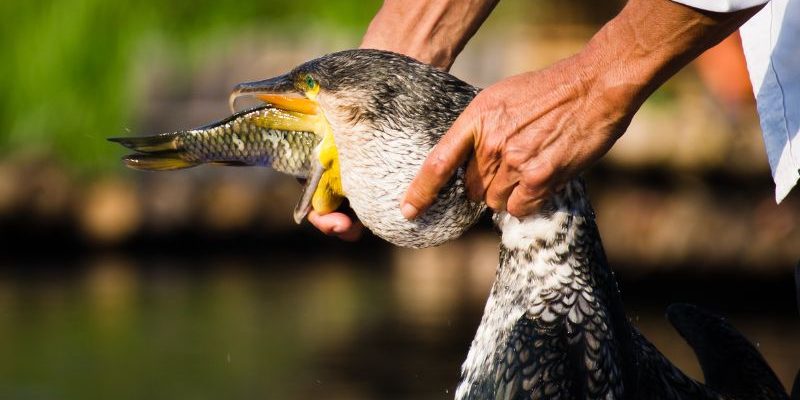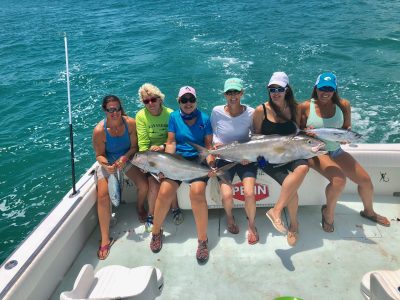Cormorant fishing is one of many unique fishing techniques in the world and it has been practiced for over a thousand years in China and Japan! It is an exceptional technique where fishermen partner with trained birds to catch fish. This ancient method embodies tradition, skill, and harmony with nature, captivating tourists and preserving cultural resilience.

The Origins of Cormorant Fishing
Cormorant fishing, or ukai in Japan, dates back to the 8th century, rooted in Chinese and Japanese history as a vital practice for riverside communities. Thriving in fish-rich waters, it provided a practical solution before modern fishing methods. Since training the birds required skill, it often became a family tradition passed down through generations.

How Cormorant Fishing Works
At the heart of cormorant fishing is the fisherman’s partnership with the birds. Cormorants are naturally skilled hunters, known for their diving abilities and agility underwater.
Fishermen carefully select and train cormorants, building a bond that allows them to work together seamlessly on the water.
Here’s how the process works:
- The Setup: As night falls, fishermen venture onto the river in small boats, often carrying lanterns to illuminate the water. The light attracts fish to the surface, making it easier for the cormorants to spot and catch their prey.
- The Birds in Action: Each cormorant has a snare or ring tied loosely around its neck. This ring prevents the bird from swallowing larger fish but allows it to catch and consume smaller ones as a reward. When a cormorant dives and captures a fish, it brings it back to the boat, where the fisherman retrieves the catch.
- Reward and Release: After the cormorant catches several fish, it is rewarded with smaller fish that it can swallow. This bond of trust and reward keeps the birds motivated, creating a cooperative relationship between the fisherman and the bird.
The Cultural Significance of Cormorant Fishing

Cormorant fishing holds deep cultural significance, especially in Japan. It is recognized as an intangible cultural asset. In the past, it was only observed by a select group of licensed fisherman who worked for aristocratic families; today, festivals and other events commemorate it.

Gifu’s Nagara River is renowned for its summer performances by usho (fishing masters), who use age-old techniques passed down for generations. Dressed in traditional attire, they create a captivating torchlit spectacle that honors Japan’s heritage and reflects a harmonious, skillful way of life.
The Environmental Aspect of Cormorant Fishing
Cormorant fishing stands out for its low environmental impact, relying on a natural predator-prey relationship that avoids overfishing. Fishermen care for the birds, vital to their livelihood and well-being.
Today, it is largely a cultural performance, though some communities still use it for food and income. This blend of tradition and sustainability aligns with modern eco-friendly values.
Cormorant Fishing in the Modern World
With the advent of modern fishing technologies, cormorant fishing has become less common as a day-to-day practice. Today, cultural tourism preserves it, drawing travelers to places like Gifu in Japan and the Li River in China, where the tradition still thrives. Both locations celebrate cormorant fishing through festivals, demonstrations, and performances that honor the practice’s legacy.

Preserving cormorant fishing faces challenges as aging communities struggle to attract younger generations to this labor-intensive art. Efforts to document and teach the practice through cultural programs and training aim to keep it alive.
Despite these challenges, its timeless appeal endures, captivating audiences with torchlit performances and reminding us of humanity’s deep connection to nature and historical ingenuity.
Today, as this ancient practice continues to captivate audiences and draw tourists, it serves as a living reminder of our deep-rooted connection to the natural world.
Witnessing cormorant fishing offers a rare glimpse into a timeless cultural tradition. It also serves as a compelling example of how ancient methods can harmonize with nature, inspiring eco-friendly practices today.
Want to identify your catch instantly and access local fishing regulations? Download FishVerify today!


